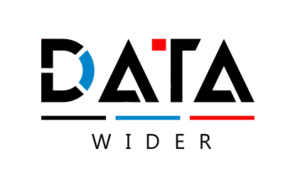At Software Testing Process we follow any one of the process models after analyzing the client requirement, guiding the sequence of project activities.
Spiral Model (Frequentative approach)
Spiral model is based on the continual need to refine the requirements and estimates for any quality of the project. It is effectively used for rapid application in checking the quality of smaller projects. Generating synergy between the QA team and the customer is involved in all stages of spiral model by providing feedback and approval.
Waterfall Model
The waterfall model works best for projects where project requirements are clearly defined and are not liable to modifications in the future. Using the above development process model, Software Testing Process follows project execution methodologies. Considering enhancement and change requests, Software Testing Outsourcing adopts following steps of execution and roles involved:
- Set up a quality test environment similar to client’s place
- Create an appropriate test environment at client’s place
- Both these test environments will be similar to production (Online version) environment
Steps for Minor Enhancement / Maintenance Assignments
- Company Point of Contact (POC) collects requirements from the client
- POC analyzes required changes
- Instructs clients about the changes required involving Quality testing team in the discussion
- Programmer then makes suggested changes on priority
- Test team prepares necessary test cases
- After changes are incorporated suggested by Quality test team on development, internal testing environment it will be directly deployed on client test environment
- Either Company QA team or test team from client performs quick testing before moving into production environment
Steps for Major Enhancement / Testing
- Software Testing Outsourcing POC collects the requirements from the clients
- A detailed flow chart including estimated milestones and delivery dates is prepared by project manager (PM) and shared with clients
- Client analyzes the requirements
- Team comes up with design documents and case to case basis prototype also
- PM gets approval from client on proposed solution and changes
- Programmer completes program specification documentation (High level design) on priority
- Testing team prepares test plan and cases
- After programmer incorporates changes, there will be preparation of release notes and setup package
- PM reviews the release notes and then passes them on with the testing team
- Testing team then deploys the changes on testing environment and tests the same for written test cases
- Once the testing is completed, there will be time provided for programmers for bug fixing
- After getting decision from both POC and client test environment will be released
- Finally time is provided for UAT (User Acceptance Testing)
Either company’s test team or test team from client deploys the final version of release on production environment.











